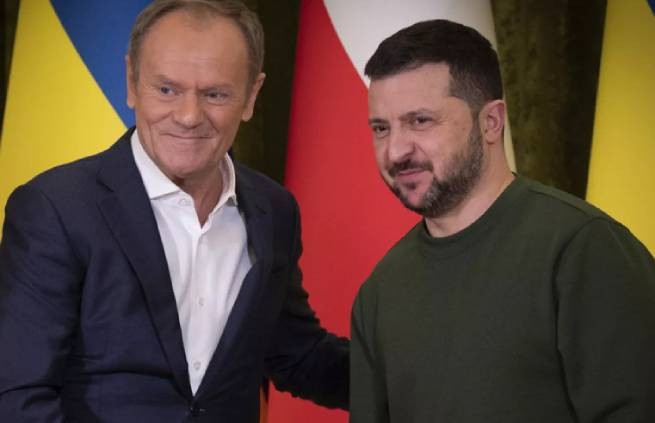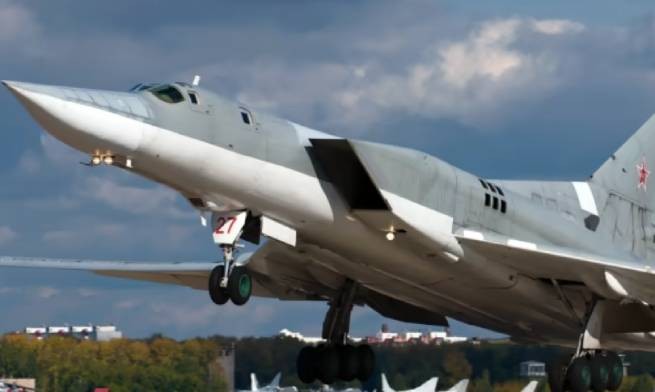The flu season is approaching. How does it spread in a pandemic, and what to do with vaccinations? Russian experts report.
In Russia, respiratory infections are already rampant, the incidence threshold has been exceeded in 60 regions. And no wonder – autumn traditionally “pleases” with ARVI activity. What kind of vaccine to get in the first place – against covid or against the flu? Or maybe you can combine? The Izvestia edition was being examined.
Professor Natalya Pshenichnaya, Deputy Director for Clinical and Analytical Work of the Central Research Institute of Epidemiology, Rospotrebnadzor, notes:
Currently, we can talk about a moderate level of ARVI incidence, typical for this time of the year. Now circulating mainly respiratory viruses of non-influenza etiology – para-influenza, adenovirus, respiratory syncytial virus. WHO has recommended four strains of influenza virus this year, including two influenza A viruses that have not previously circulated in the population.
Specialists of the N.I. A.A. Smorodintseva report that it is not yet known how the situation with the flu will develop – there are no forecasts. The director of the institute, Dmitry Lioznov, claims that at the peak of the incidence of ARVI last year, there were isolated cases of influenza. But the deputy director Daria Danilenko says that his pathogen has not disappeared anywhere, circulating in nature:
It is impossible to predict the disappearance or almost complete disappearance of the virus. It is also wrong to say that the coronavirus completely replaced the flu. Because the causative agent of influenza continues to circulate in its natural reservoirs – among animals and among birds. It is almost impossible to make any predictions against the backdrop of a pandemic.
Interestingly, there is still no data on how the coronavirus and influenza “get along” with each other. Some even argue that COVID-19 has “supplanted” the flu. However, the immunologist Vladislav Zhemchugov, MD, notes that viruses are capable of not “excluding” each other:
It may be that viruses “negotiate” and coexist quite calmly. Last year we did not have a flu epidemic, but I think this is more likely due to the restrictive measures in force – the flu simply did not have a chance.
Andrey Isaev, general director of the DNKOM Center for Molecular Genetic Research, agrees with him:
Last year, anti-poisonous measures made it possible to reduce the transmission rate of other viruses, including influenza, but the viruses themselves “have not gone anywhere. We can say that the effect of anti-poisonous measures on the spread of other viruses is temporary, and as soon as the screws are unscrewed, everything returns to the status quo and develops naturally, as it has been for the past 40 years. “
The expert claims that now the flu has already begun to “take its toll”, gradually gaining strength. And Daria Danilenko warns of a decrease in immunity:
When the virus is actively circulating, we have [есть] many people who have suffered it symptomatically or asymptomatic. In conditions when the flu did not circulate, and the effect of last year’s vaccination is reduced, because we know that we need to be vaccinated annually, we can say that the herd immunity against various influenza viruses is also lowered.
Andrey Isaev warns that SARS makes people more vulnerable to coronavirus:
“They deplete the human immune defense factor: people who have had ARVI become more at risk of contracting coronavirus.”
At the onset of the disease, both the flu and the coronavirus have similar symptoms – fever, cough, sore throat, headache. In a pandemic, it is important to correctly diagnose the disease in order to prescribe the appropriate treatment and determine the degree of danger of the sick person to others. You can do the test yourself first, says Vladislav Zhemchugov:
There is no other way to quickly determine which disease is being discussed.
However, Dmitry Lioznov, director of the Research Institute of Influenza, warns that in a pandemic, a co-infection may occur – when the body is affected by 2 viruses at once, and the disease progresses more severely. It is not yet clear, he says, how people who have had coronavirus will react to the flu. Therefore, doctors urge to be vaccinated not only against coronavirus, but the expert explains:
WHO developed interim guidelines for influenza vaccination last year. The most important thing in these recommendations is that the age of the risk groups has been lowered. If we have always had people over 60 years old, and according to international WHO recommendations – over 65 years old, then during a pandemic, everyone in the region of 55 years and older is included in the risk group. Everyone has indications for influenza vaccination, regardless of whether a person has previously had a coronavirus infection, but provided that the acute inflammatory process has ended at least 2 weeks before vaccination. An exception is the presence of individual contraindications. At risk are people over 55, pregnant women and children.
The representative of the Central Research Institute of Epidemiology of Rospotrebnadzor recommends that those who will be vaccinated against covid and influenza observe the time period:
There should be a time interval between these two vaccinations – at least one month. In what order to do them, it does not matter. You can first get vaccinated against coronavirus, and after completing the course of vaccination, a month later, get vaccinated against influenza, or vice versa.
Flu shots began in Russia at the beginning of the month. By September 20, more than 7 million people, or 4.97% of the country’s population, have been vaccinated.






More Stories
Shocking report from Japanese scientists: “Cancer deaths increase sharply after mass Covid vaccination”
Study: Scientists have discovered why children are more susceptible to coronavirus
22 arrests and confiscations took place in Italy and other EU countries in the case of "covid" EU funds (video)